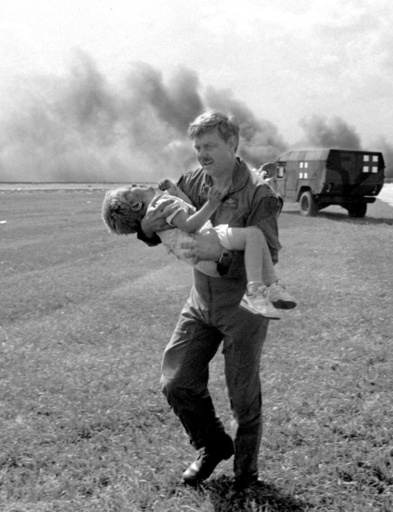CONCORD, N.H. — Over the past few weeks, Denise Lockie from Charlotte, North Carolina, has been overwhelmed with a mix of emotions following a series of tragic aviation incidents. The memories of her own brush with death during the “Miracle on the Hudson” resurfaced as she and other survivors are poised to lend their support to those recently affected by an airline accident in Toronto on Monday. Lockie observed that the 80 individuals on Delta Air Lines flight 4819, who miraculously survived the plane’s crash at Pearson International Airport, likely haven’t yet processed the trauma they experienced.
In recent weeks, the aviation community has seen devastation, particularly with a terrible collision in Washington, D.C., that tragically claimed lives, along with additional accidents in Philadelphia and Alaska. However, in Toronto, the beneficiaries of this latest incident experienced a different fate, as no fatalities were reported and the last injured passenger was discharged from the hospital just a few days following the crash.
Peter Carlson, a passenger who managed to speak at a conference just a short time after the accident, shared his complex feelings about the incident. He humorously quipped, “Nothing beats a good road trip besides an airplane crash,” but later confessed that he was emotionally drained and longed to return home. Carlson, having joined a group that retired flight attendant Sandy Purl refers to as a “sad sorority and fraternity,” expressed the deep emotions weighing on him.
Toronto’s recent air disaster is not an isolated case; history has shown that there are times when airplanes have gone down, yet all on board have survived. For instance, in 2005, every one of the 309 travelers aboard Air France Flight 358 made it through when the aircraft overran the runway and ignited. Similarly, 184 passengers survived United Airlines Flight 232 in 1989 after it crashed in Sioux City, Iowa. Purl herself was one of the lucky few to survive a 1977 crash in Georgia, where the loss of both engines resulted in many fatalities.
Purl, now 72, reflected on the euphoria of survival, which quickly faded into what she described as “psychic numbing,” a mechanism that helps shield one from traumatic memories. Following her ordeal, she found such discussions triggering and eventually sought help in a psychiatric setting, where a compassionate doctor helped her navigate her raw emotions and validated her feelings.
Both Lockie and Purl are part of the National Air Disaster Alliance, an organization established in 1995 to provide support for survivors and advocate for safety enhancements in aviation. After the famed emergency landing by Captain Chesley “Sully” Sullenberger in the Hudson River in 2009, the Alliance reached out to offer solace and guidance to the passengers of US Airways flight 1549, reminding them they needed time to process their experiences fully.
Lockie, now on the other side, extends similar words of encouragement to those involved in the Toronto incident. She recalled being in a daze for weeks and struggling to manage her responsibilities at work while dealing with the psychological aftermath of her own crash. “The number one thing is to talk to someone who can truly understand,” she advised. While Lockie acknowledged that the airline’s care team is most likely qualified, she expressed concern that they may not have lived through such experiences themselves, making it essential for survivors to seek counsel from those who share their understanding.
Her personal experience has taught her that it can be difficult to simply “move on” even if friends and family suggest it. Lockie emphasized that fears related to the incident can take time to surface and should be addressed rather than suppressed.
Lockie’s experience has also influenced how she behaves in public, prompting her to always scan her surroundings for exits in case an emergency arises. Purl shared that certain sights and smells, such as that of gasoline or news footage of plane crashes, can trigger the memories of her own traumatic event.
For survivors like those from Toronto, Purl notes that their trauma may bring to the surface other past experiences, similarly peeling back layers of an onion. Her best advice for recovery includes living in the present moment, seeking out those who can provide unwavering support, and opening up in conversation. Lastly, she advocates for channeling their experiences into positive actions that create meaningful change.




